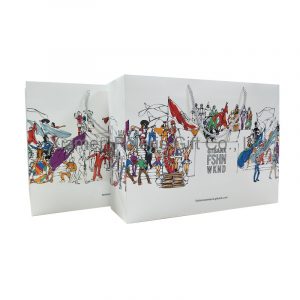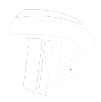The growth of UV printing is driven by its property of value-added printing, which can highlight many advantages in the fields of publishing, commercial printing, packaging printing and label market applications. The reasons can be reflected in the increasing user demand:
Not only paper and paperboard can be used, but also a variety of printing materials can be used, including low absorption or non absorption materials (plastic, foil, metal and heat sensitive materials).
Very high gloss effect, sometimes also has scratch resistance and scratch resistance performance comprehensive effect.
All kinds of special functional, tactile and special graphic surface treatment.
It has high surface resistance (anti friction and scratch), especially the cover of packaging and publications.
Speed up the completion of the work, especially the short version work, because UV printing can be processed immediately in many occasions.
The key business advantage of UV technology is the flexibility of application. It can get a variety of product functions and special applications in various substrate materials and surface finishing. This provides a creative opportunity for print buyers to highlight their product differentiation and add functionality to their products. UV printing can provide value-added services for existing customers and attract new business. In some cases, compared with other processes, UV printing and glazing reduce the overall production cost; on the other hand, even in the case of increased UV production cost, the higher sales price of UV products also improves the return on investment.
UV printing is a reliable process. UV inks can be considered environmentally friendly because they do not produce volatile organic compounds (VOC) solvent volatilization problems. For example, in the United States, some traditional single sheet ink fractions are classified as volatile organic compounds (VOC), which are controlled by law and within the limits. In these areas, UV is usually classified as the “best available process”. In the European Union, the ink fractions used in sheet fed printing are not among the hazards of VOCs.



